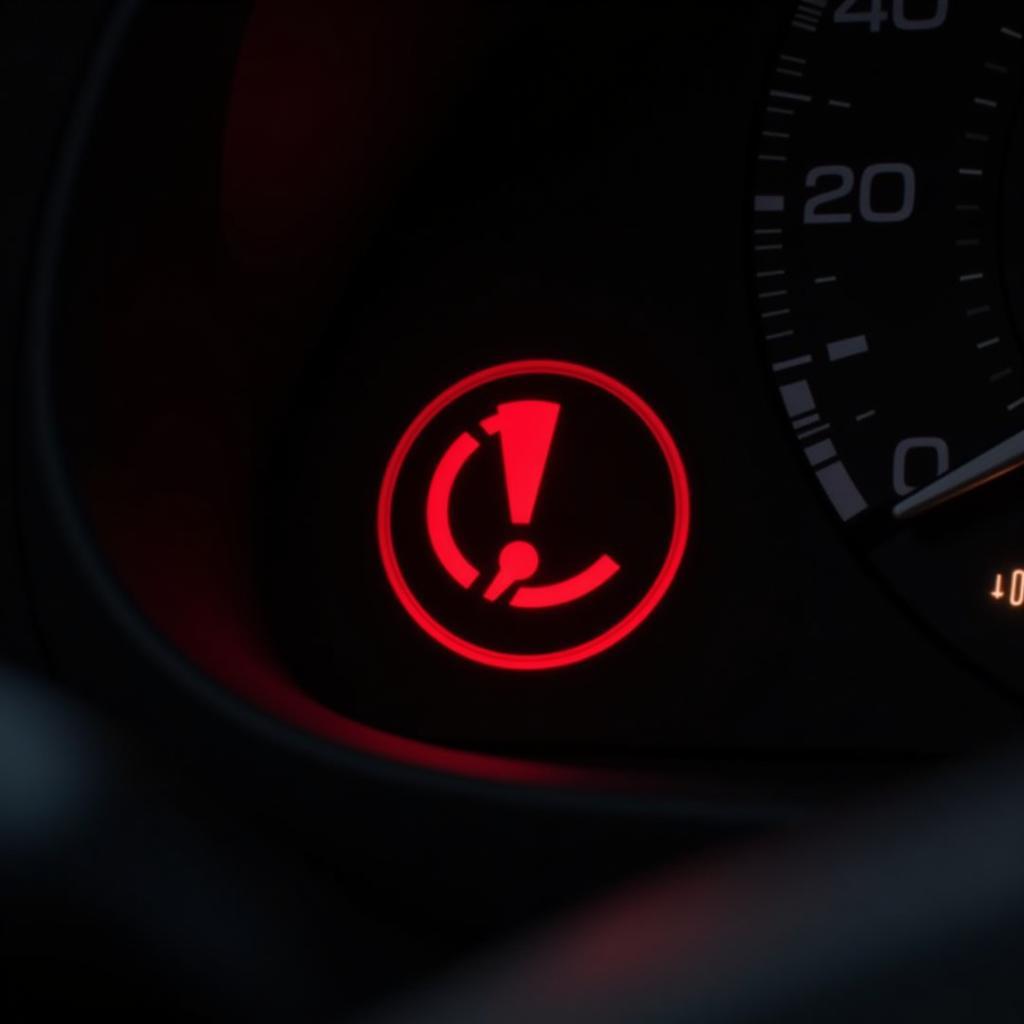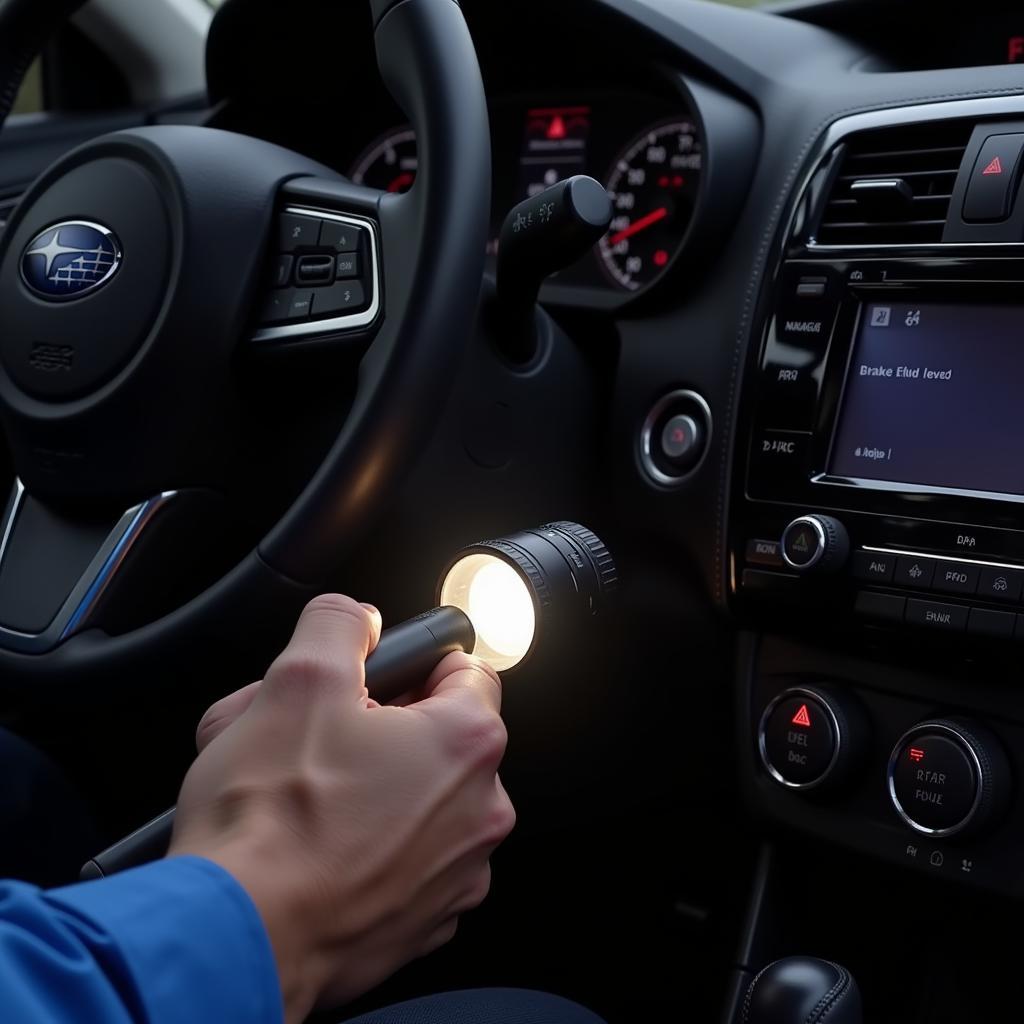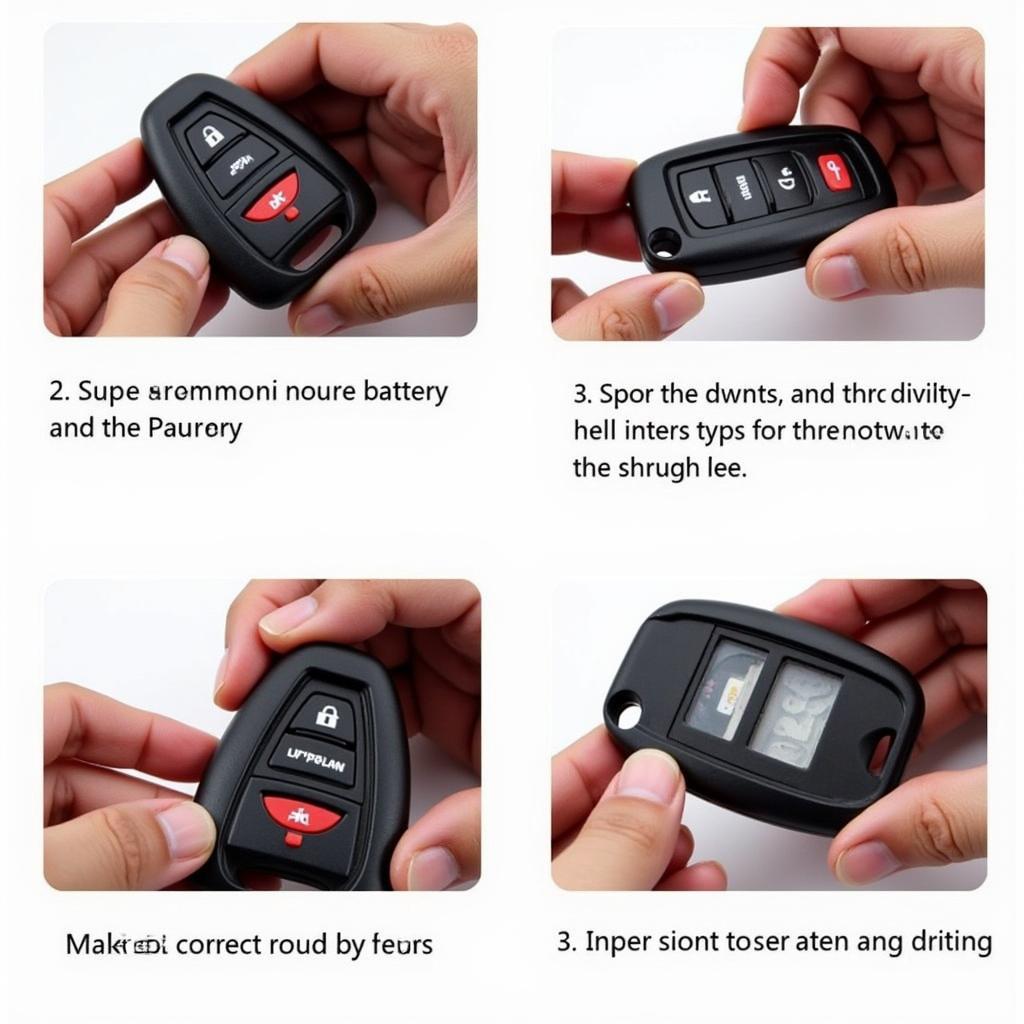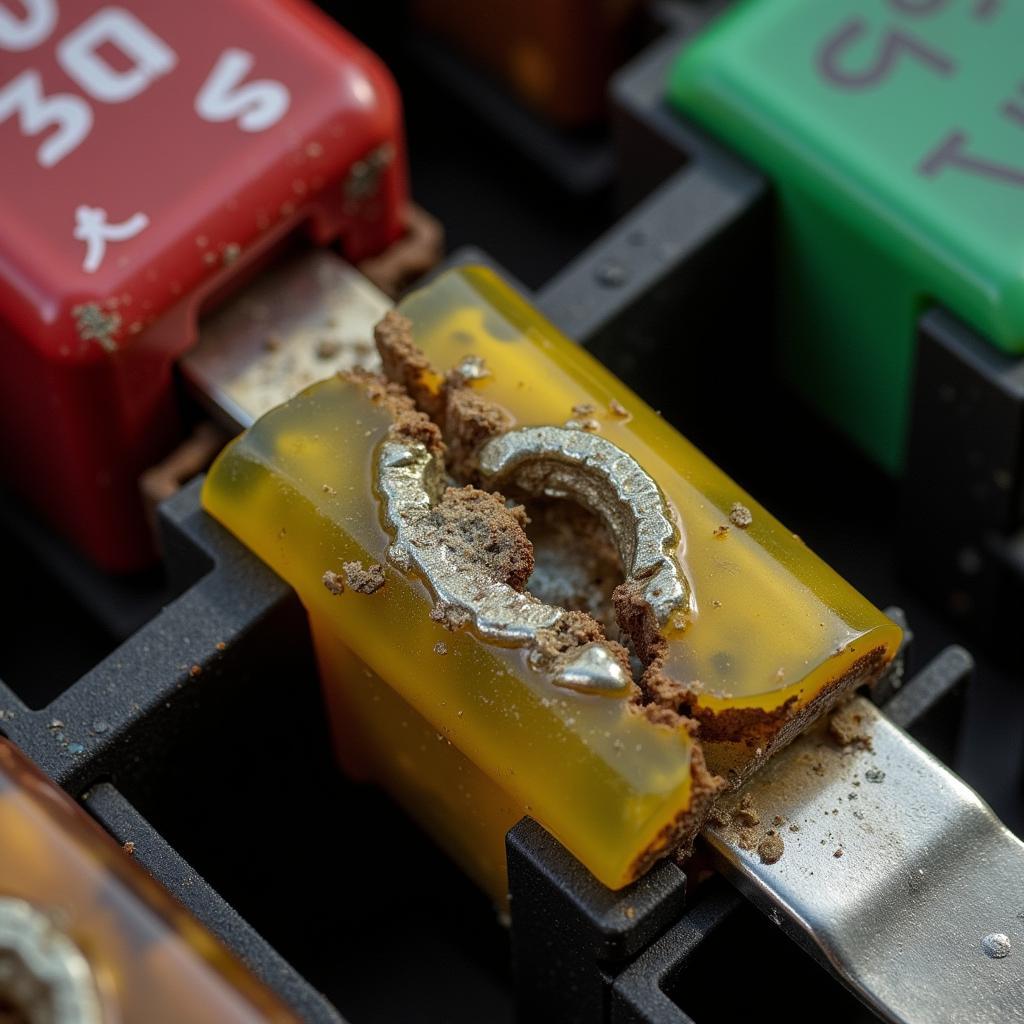The illumination of the brake system warning light on your Subaru’s dashboard is a clear indication that something is amiss with your braking system and requires immediate attention. While it can be a nerve-wracking experience, understanding the common causes and solutions can help you address the issue effectively. This comprehensive guide will walk you through the potential reasons behind a Subaru brake system warning light, guide you on how to diagnose the problem, and offer potential solutions.
Understanding Your Subaru Brake System Warning Light
Your Subaru’s brake system warning light is designed to alert you to potential problems within the braking system. While the specific causes can vary, the illuminated warning light typically points to one of the following issues:
-
Low brake fluid level: This is the most common culprit behind a Subaru brake system warning light. Brake fluid is the lifeblood of your car’s braking system, and a leak or low fluid level can significantly compromise braking performance.
-
Worn brake pads: Brake pads are designed to wear down over time. When they reach a certain thickness, a sensor within the brake pad will trigger the warning light, indicating the need for replacement.
-
Faulty brake calipers or wheel cylinders: These components are responsible for clamping the brake pads onto the rotors to slow down or stop your Subaru. A malfunctioning caliper or wheel cylinder can prevent the brakes from functioning properly.
-
Issues with the ABS system: If your Subaru is equipped with an Anti-lock Braking System (ABS), a problem with this system can also trigger the brake system warning light. This could be due to a faulty ABS sensor, control module, or other related components.
 Subaru Brake Warning Light on Dashboard
Subaru Brake Warning Light on Dashboard
Diagnosing the Problem: A Step-by-Step Guide
Before jumping to conclusions, it’s crucial to diagnose the problem accurately. Follow these steps to identify the potential cause behind your Subaru brake system warning light:
- Check the brake fluid level. Park your Subaru on a level surface and locate the brake fluid reservoir. The reservoir is typically translucent with a clearly marked minimum and maximum level. If the fluid level is below the minimum mark, it indicates a leak or the need for a brake fluid top-up.
 Checking the Brake Fluid Level in a Subaru
Checking the Brake Fluid Level in a Subaru
- Inspect the brake pads. If the brake fluid level appears normal, the next step is to examine the brake pads. Look for signs of excessive wear or damage. If the brake pads are thin or worn down to the metal backing plate, they need to be replaced.
2008 subaru outback brake system warning light
- Listen for unusual noises. Pay close attention to any unusual noises coming from the brakes when applying the brakes. Squealing, grinding, or clicking sounds can indicate worn brake pads, calipers, or other issues that require immediate attention.
- Consider the ABS system. If you suspect a problem with your Subaru’s ABS system, it’s crucial to have it diagnosed by a qualified mechanic. Modern ABS systems are complex and require specialized tools and expertise to diagnose and repair.
2007 subaru legacy brake warning lamp lights up
Solutions and Repairs: What to Do Next
The solution for a Subaru brake system warning light depends entirely on the underlying cause:
-
Low brake fluid: If the brake fluid level is low, carefully top up the reservoir with the recommended brake fluid type specified in your owner’s manual. If you notice a significant drop in brake fluid level, it’s crucial to inspect for leaks and have them repaired by a professional mechanic immediately.
-
Worn brake pads: Worn brake pads require immediate replacement to ensure optimal braking performance and safety. It’s best to have both the brake pads and rotors inspected and replaced as a set by a qualified mechanic.
-
Faulty brake calipers or wheel cylinders: A malfunctioning brake caliper or wheel cylinder will require professional repair or replacement. These components are critical for proper braking function and should only be handled by trained professionals.
-
ABS system issues: Troubleshooting and repairing ABS system problems can be complex and require specialized knowledge and equipment. It’s highly recommended to seek assistance from a qualified mechanic or Subaru dealership for any issues related to the ABS system.
what makes the brake warning light come on
Importance of Timely Action and Professional Assistance
“Ignoring a brake system warning light is like playing Russian roulette with your safety,” says seasoned Subaru mechanic John Davis. “It’s simply not worth the risk.” Addressing brake system issues promptly is paramount for your safety and the longevity of your Subaru. Delaying repairs can lead to more severe damage, costly repairs, and potentially dangerous driving conditions. If you’re unsure about diagnosing or repairing the problem yourself, seeking professional help is always the safest and most recommended course of action.
FAQs: Common Questions About Subaru Brake System Warning Lights
Q: Can I still drive my Subaru with the brake system warning light on?
A: While you might be able to drive a short distance with the brake system warning light on, it’s highly discouraged. Driving with a compromised braking system puts you and others at risk. It’s best to diagnose and address the issue immediately.
Q: How often should I check my Subaru’s brake fluid level?
A: It’s a good practice to inspect your brake fluid level at least once a month and top it up if necessary. Regular checks can help you identify leaks early on and prevent potential braking problems.
Q: How long do Subaru brake pads typically last?
A: The lifespan of brake pads varies depending on driving habits, road conditions, and other factors. However, Subaru brake pads typically last between 30,000 to 70,000 miles.
subaru impreza 2018 brake system warning light
Q: Is it safe to add brake fluid myself?
A: Yes, topping up your Subaru’s brake fluid is a relatively simple task. Ensure you use the recommended brake fluid type and follow the instructions in your owner’s manual carefully.
Q: Why is my brake system warning light flashing?
A: A flashing brake system warning light usually indicates a more serious issue with the braking system, potentially related to the ABS. Seek professional assistance immediately if you encounter a flashing warning light.
Conclusion
Addressing a Subaru brake system warning light promptly is crucial for ensuring your safety and the well-being of your vehicle. By understanding the common causes, following a systematic diagnostic approach, and taking appropriate action, you can address the issue effectively and continue enjoying the reliability and performance that Subaru vehicles are renowned for. Remember, when it comes to brakes, erring on the side of caution and seeking professional assistance is always the wisest choice.


